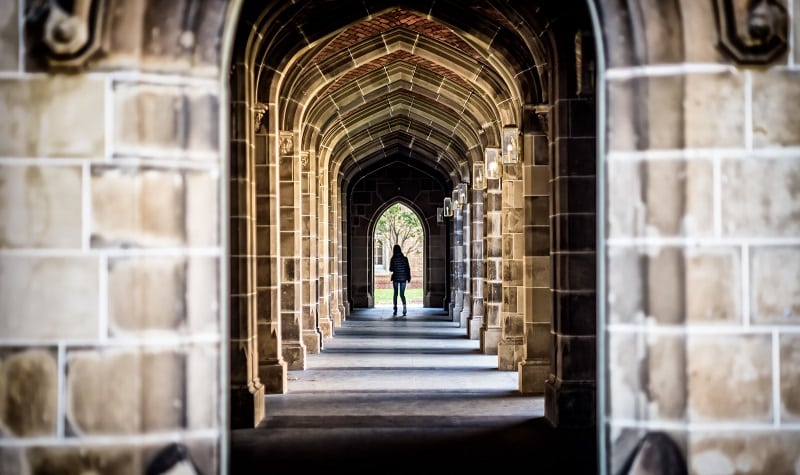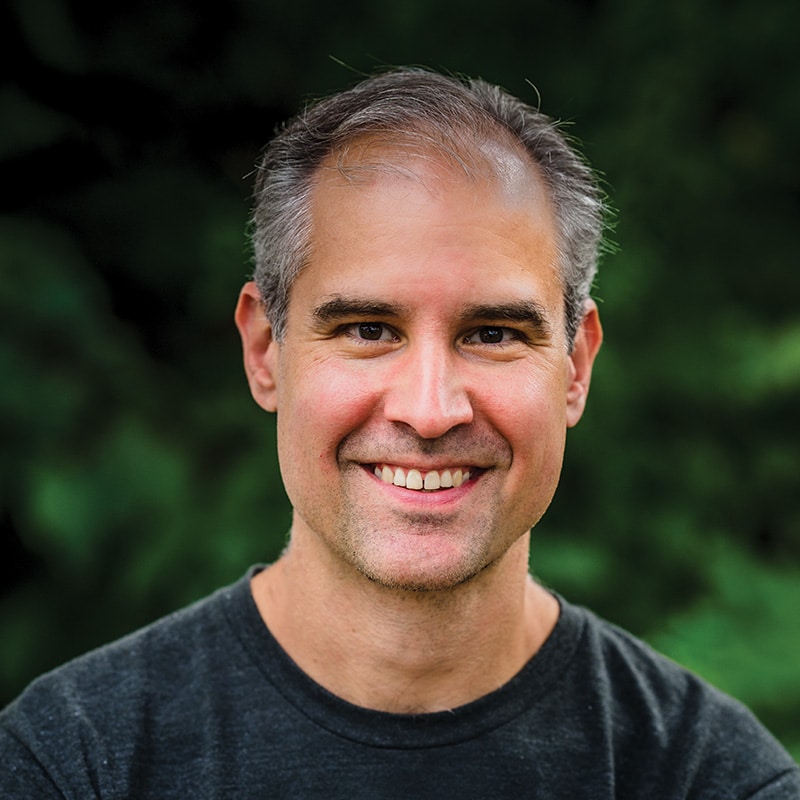Jeff Selingo and I have had an ongoing dialogue over the decade-plus I’ve known him about the future of higher education.
He argues that higher education—colleges and universities—will continue to play a critical role in society. Despite the threats from disruptive innovations alongside broader demographic, business model, and societal changes, colleges have navigated big changes and transitions before and will do so again, he says.
Meanwhile, I’m the disruptive innovation guy—not so blind that every problem looks like a nail requiring a hammer, but certainly prone to looking for and getting excited by the possibility. With many colleges not working nearly well enough for—and in some cases doing harm to—large numbers of individuals and society, my questions about the viability of some traditional colleges and universities and corresponding excitement about upstart learning providers make it sound like I think Jeff is wrong.
Yet, I actually think Jeff is probably right. Although I think higher education is primed for disruption, he’s also likely correct that accredited colleges and universities may still play an important role in the nation’s future.
Here’s how to explain the paradox.
What we’ve long known from the theory of disruptive innovation and its ancillary theories is that existing institutions fundamentally struggle to adapt and transform themselves when disruption is afoot. By disruption, we mean a specific phenomenon. New products or services emerge that are inferior to the dominant products or services according to historical metrics of performance, but introduce new value propositions around affordability, convenience, simplicity, and accessibility for those who don’t have the wealth or expertise to consume the existing services. Then, powered by technology, these initially simple products and services begin improving and solving more complicated problems. The incumbents’ business models implode as their customers begin using the new and greatly improved products or services that are more affordable and accessible than what they were using.
The primary way for existing organizations to do the disrupting themselves is by launching autonomous business models, which they either acquire or launch through dual transformation. Both are exceedingly hard. All the internal stuff (resources/people, processes, priorities, culture, incentives) and external stuff in the form of an organization’s value network, will conspire to fight against the organization prioritizing and growing the disruptive innovation. Even leaders and managers who understand the process of disruptive innovation and how to solve for it struggle against the weight of the status quo that the existing organization prioritizes.
With that as background, we may now be entering an era where, even as existing institutions are struggling, a whole host of new, accredited colleges and universities that are positioned as disruptive relative to traditional institutions may soon appear. Which could cause massive changes.
For many, the notion of new accredited colleges may be a startling statement. As AEI’s Preston Cooper has documented, the relative lack of new institutions in higher education over many decades is part of the equation that has helped drive up tuition prices as student enrollment and demand soared. That’s economics 101, you might say—limited supply, increased demand, prices rise.
Yet even as demand is now softening, prices have stabilized and even fallen, and institutions with expensive cost structures are in a perilous state as their business models are under pressure; higher education may be poised to welcome a host of new disruptive entrants.
That’s my bet. And it’s why I think Jeff is right that “higher education” as a sector will survive and may even thrive. But the nature of the actors within the sector will also look quite different.
These new institutions will offer degrees. They could be apprenticeship degrees (see Reach University President Joe Ross’s argument about how higher education won’t die but will evolve—or be reborn like the mythical phoenix), online degrees, competency-based degrees, AI-powered degrees, mobile app-based degrees, various combinations of all of these, and more.
Some of these new institutions are already around—think Western Governors University, Reach University, the Quantic School of Business and Technology.
And these institutions will fundamentally change the sector. Although accredited higher education institutions will continue to exist, many will consequently look quite different from what the dominant ones do today; just as research-based universities like Johns Hopkins looked quite different from how Harvard, a religious-based institution, operated initially in the 1600s.
Will existing institutions survive?
Yes, some existing institutions will absolutely survive.
And some won’t—at least 25%, according to our estimates.
Of those that survive, some will continue to exist largely in their present form, as there will still be demand for what they do today. After all, disruption only really “happens” when the volume of customers an incumbent organization serves collapses. And fundamentally, the most highly thought of colleges and universities in existence today in this country don’t chase volume. In fact, they derive their value from whom they exclude.
At the same time, it’s not hard to imagine that some schools will acquire new models of higher education and thus change how they operate—similar in some respects to how Yale re-absorbed the quasi-independent Sheffield Scientific School in 1919 to help it become a full-fledged research university and keep up with the emergence of the German-style research universities that had begun in America with the founding of Johns Hopkins in 1876. In that case, Yale absorbed the Sheffield School as a sustaining innovation, but it’s possible some schools might keep disruptive entrants separate and thereby adopt the disruption. (Some schools may also start disruptive offshoots of their own, similar to Southern New Hampshire University Online or CarolinaCrED out of the University of South Carolina).
But this raises the question: after years of few new colleges, why will new accredited entrants emerge?
Many policymakers from both parties, including several in the Trump administration and President Trump himself, see current accreditors as a gatekeeper to protect existing institutions, but not create new ones. As New America Foundation’s Kevin Carey once described it, as membership organizations, existing accreditors have a fundamental conflict of interest. This results in very high barriers to becoming accredited—something Preston Cooper has documented in Education Next.
In the next four years, there’s a reasonable chance that we will see new accreditors: the Postsecondary Commission, one organized by the UNC System, and more. And, certainly in the case of the Postsecondary Commission, they intend to accredit entrants that are laser-focused on securing a positive return on investment for students. This will create an incentive to not just focus on student outcomes post-college, but also on making the institutions more affordable with lower cost structures.
And if that happens, the incentives will truly be ripe for new disruptive models of higher education that are lower cost, more accessible, and get great results for the students and society—something that could create a glorious era for higher education.
Just as Jeff Selingo argues that higher education has been resilient and adapted time and again, perhaps this time will be no different—even if the internal operations of those institutions look quite different from business-as-usual today.


